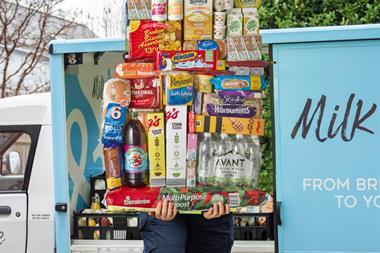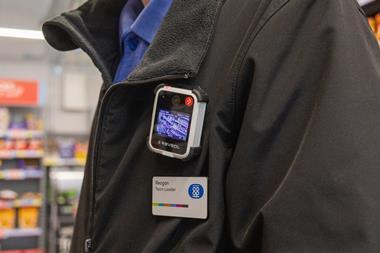UK Take-Home Low-Calorie Market
The low-calorie market, consisting of lower fat foods, is worth nearly £2bn and experiencing annual spend growth of 4%. The market spans an increasing number of categories, including yoghurts, ready meals, cheese, cakes, fish, breakfast cereals, bread and salad dressings.
The largest sector, representing 15% of the category, is yoghurt. This area continues to perform well with innovation and promotional support from Müllerlight, WeightWatchers and Nestlé Sveltesse.
The fastest growing low-calorie market is crispbreads, with annual sales growth of 86%. Growth is driven by new buyers entering the market, with half the population purchasing a low-calorie crispbread in the latest year. Launches from Ryvita and Quaker have encouraged significant market growth.
The low-calorie market is dominated by brands such as WeightWatchers, Flora and Müller, while 36% of the market is made up of supermarket own-label ranges, such as Sainsbury’s Be Good To Yourself, Tesco’s Healthy Living and Asda’s Good For You.
Overall, own label is declining, although good performances have come from Tesco’s Healthy Living and Waitrose’s Perfectly Balanced. Key drivers of the market come from brands such as Müllerlight, WeightWatchers, Flora and Kellogg’s.
The largest brand, WeightWatchers (excluding WeightWatchers from Heinz), has experienced strong growth, driven by increased buyer numbers and frequency of purchase. More than half the population purchase a WeightWatchers product during the year.
With health becoming increasingly pertinent to meal choice, and obesity at its highest level worldwide, it seems only natural that this trend of health awareness should continue.
Sally Dudleston, TNS Superpanel
Produced for The Grocer by TNS Superpanel. TNS Superpanel monitors the grocery retailer take-home purchasing habits of 15,000 demographically representative British households. Call 020 8967 4521
The low-calorie market, consisting of lower fat foods, is worth nearly £2bn and experiencing annual spend growth of 4%. The market spans an increasing number of categories, including yoghurts, ready meals, cheese, cakes, fish, breakfast cereals, bread and salad dressings.
The largest sector, representing 15% of the category, is yoghurt. This area continues to perform well with innovation and promotional support from Müllerlight, WeightWatchers and Nestlé Sveltesse.
The fastest growing low-calorie market is crispbreads, with annual sales growth of 86%. Growth is driven by new buyers entering the market, with half the population purchasing a low-calorie crispbread in the latest year. Launches from Ryvita and Quaker have encouraged significant market growth.
The low-calorie market is dominated by brands such as WeightWatchers, Flora and Müller, while 36% of the market is made up of supermarket own-label ranges, such as Sainsbury’s Be Good To Yourself, Tesco’s Healthy Living and Asda’s Good For You.
Overall, own label is declining, although good performances have come from Tesco’s Healthy Living and Waitrose’s Perfectly Balanced. Key drivers of the market come from brands such as Müllerlight, WeightWatchers, Flora and Kellogg’s.
The largest brand, WeightWatchers (excluding WeightWatchers from Heinz), has experienced strong growth, driven by increased buyer numbers and frequency of purchase. More than half the population purchase a WeightWatchers product during the year.
With health becoming increasingly pertinent to meal choice, and obesity at its highest level worldwide, it seems only natural that this trend of health awareness should continue.
Sally Dudleston, TNS Superpanel
Produced for The Grocer by TNS Superpanel. TNS Superpanel monitors the grocery retailer take-home purchasing habits of 15,000 demographically representative British households. Call 020 8967 4521



















No comments yet